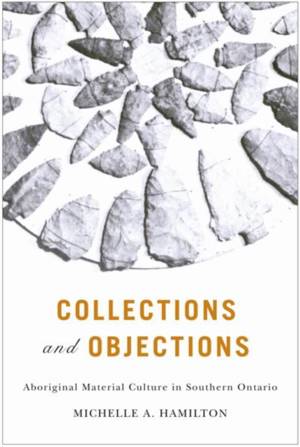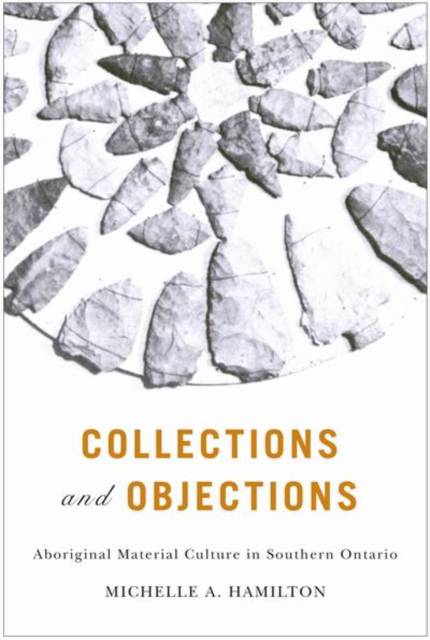
- Afhalen na 1 uur in een winkel met voorraad
- Gratis thuislevering in België vanaf € 30
- Ruim aanbod met 7 miljoen producten
- Afhalen na 1 uur in een winkel met voorraad
- Gratis thuislevering in België vanaf € 30
- Ruim aanbod met 7 miljoen producten
Zoeken
€ 53,45
+ 106 punten
Omschrijving
North America's museums are treasured for their collections of Aboriginal ethnographic and archaeological objects. Yet stories of how these artifacts were acquired often reveal unethical acts and troubling chains of possession, as well as unexpected instances of collaboration. For instance, archaeological excavation of Aboriginal graves was so prevalent in the late-eighteenth century that the government of Upper Canada legislated against it, although this did little to stop the practice. Many objects were collected by non-Native outsiders to preserve cultures perceived to be nearing extinction, while other objects were donated or sold by the same Native communities that later demanded their return. Some Native people collected for museums and even created their own.
Specificaties
Betrokkenen
- Auteur(s):
- Uitgeverij:
Inhoud
- Aantal bladzijden:
- 352
- Taal:
- Engels
- Reeks:
Eigenschappen
- Productcode (EAN):
- 9780773537552
- Verschijningsdatum:
- 1/10/2010
- Uitvoering:
- Paperback
- Formaat:
- Trade paperback (VS)
- Afmetingen:
- 150 mm x 226 mm
- Gewicht:
- 544 g

Alleen bij Standaard Boekhandel
+ 106 punten op je klantenkaart van Standaard Boekhandel
Beoordelingen
We publiceren alleen reviews die voldoen aan de voorwaarden voor reviews. Bekijk onze voorwaarden voor reviews.











